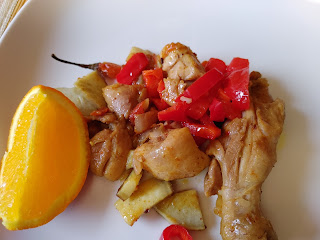Home Schooling The Metric System
Kids cannot run away from grams, milligrams, kilograms, liters, meters etc. because they meet them in certain subjects. You can help kids or grand children by making it fun to learn measurements, and the grocery store, market or kitchen at home are weight laboratories.
1. Weight. Imagine a place where they sell spices. You don’t buy the whole barrel of curry powder. You might need a little bit, like 100 grams. They weigh and wrap it up for you.
2. Take kids to the vegetable section of the supermarket. Some stores have a big scale and you weigh the four oranges or tomatoes you want to buy.
3. Take kids to the cold meat section. Show them the price, for example price could be $2.50 for 100 grams of sliced pastrami, turkey, salami, bologna, ham etc.
4. The best part is at home because it will be a hands-on lesson. Ask kids to bring down things from the grocery cupboard.
5. Show them where the measurement is. It’s on the right hand size on the pasta photo.
6. Ask them about the bottled water in the photo. What does it weigh? And the soda?
7. There’s a small bottle of eye drops. What does it weigh?
8. Do you like baking? Show kids the set of measuring spoons or a measuring cup.
9. New pots on the market have marks inside that show liters.
10. Put all the food back into the cupboard and take kids to the bathroom. Ask them to take out products and read weight.
Depending on how big kids are, help them write down grams, milligrams, kilograms etc. in full. Fun, fun, fun! The next lesson will be how to measure social distancing: two meters. Use this tape measure or one in a metal case. Check your tool belt or the shelf where you keep your Do It Yourself (D.I.Y) stuff.
By: Nonqaba waka Msimang






Comments